A Chart of Accounts is the foundation of a solid nonprofit group. The COA is a categorized collection of accounts where you have bookkeeping entries, including Assets, Liabilities, Income and Expenses. Each time you put money in or take money out of your group, you need to record it to the right account.
A nonprofit’s Chart of Accounts can easily be created in a spreadsheet or even in a standard document in list form. While many nonprofits may start off with this format, it’s much more useful to use a dedicated nonprofit accounting software to set up your Chart of Accounts.
At MoneyMinder the COA is Called Budget
At MoneyMinder, we refer to the Chart of Accounts as the Budget. You have three options for setting up your budget:
- Copy a budget that you set up in a previous year by choosing a year
- Choose a template to start with
- Start a new budget from scratch
Nonprofit Chart of Accounts Tips
- What accounts should you include? The answer to this totally depends on your organization. You should create a COA that applies to your unique group’s operations. We’ve provided some examples below as a starting point.
- How should you get started? In MoneyMinder, you can start with a template for your COA and customize from there. If you have a good idea of how you want your COA to be set up, you can also fully customize this from scratch.
- How specific should you get? Try to strike a balance between being too general and too specific with your account setup.
- Should you make changes? In line with keeping your COA clean, you may want to make adjustments to your accounts. Feel free to add accounts throughout the year, but we recommend waiting until the end of the year to delete accounts.
Nonprofit Chart of Accounts Examples
When you’ve created your nonprofit chart of accounts, it will look like a long ledger, organized by activities. Following are some examples of a nonprofit COA (or budget) below. As you review this example, keep in mind that your organization will need to make adjustments according to your programs and specific financial information.

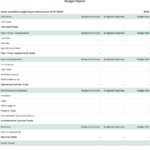
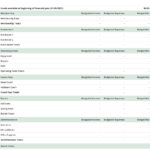
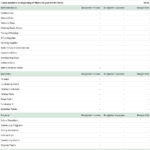
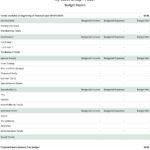
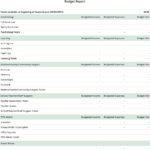

 Connect your Venmo account to MoneyMinder PRO to directly download transactions, saving you time and effort. You just review the transactions to ensure they are properly categorized and fill out any required fields.
Connect your Venmo account to MoneyMinder PRO to directly download transactions, saving you time and effort. You just review the transactions to ensure they are properly categorized and fill out any required fields. Connect your Bank, Paypal and Square accounts to MoneyMinder PRO to directly download transactions, saving you time and effort. You just review the transactions to ensure they are properly categorized and fill out any required fields.
Connect your Bank, Paypal and Square accounts to MoneyMinder PRO to directly download transactions, saving you time and effort. You just review the transactions to ensure they are properly categorized and fill out any required fields. Connect your Bank, Paypal and Square accounts to MoneyMinder PRO to directly download transactions, saving you time and effort. You just review the transactions to ensure they are properly categorized and fill out any required fields.
Connect your Bank, Paypal and Square accounts to MoneyMinder PRO to directly download transactions, saving you time and effort. You just review the transactions to ensure they are properly categorized and fill out any required fields. Join It is a membership management service that helps businesses and nonprofits effectively sell, track, and grow their membership.
Join It is a membership management service that helps businesses and nonprofits effectively sell, track, and grow their membership. Connect your Bank, Square and PayPal accounts to MoneyMinder PRO to directly download transactions, saving you time and effort. You just review the transactions to ensure they are properly categorized and fill out any required fields.
Connect your Bank, Square and PayPal accounts to MoneyMinder PRO to directly download transactions, saving you time and effort. You just review the transactions to ensure they are properly categorized and fill out any required fields.